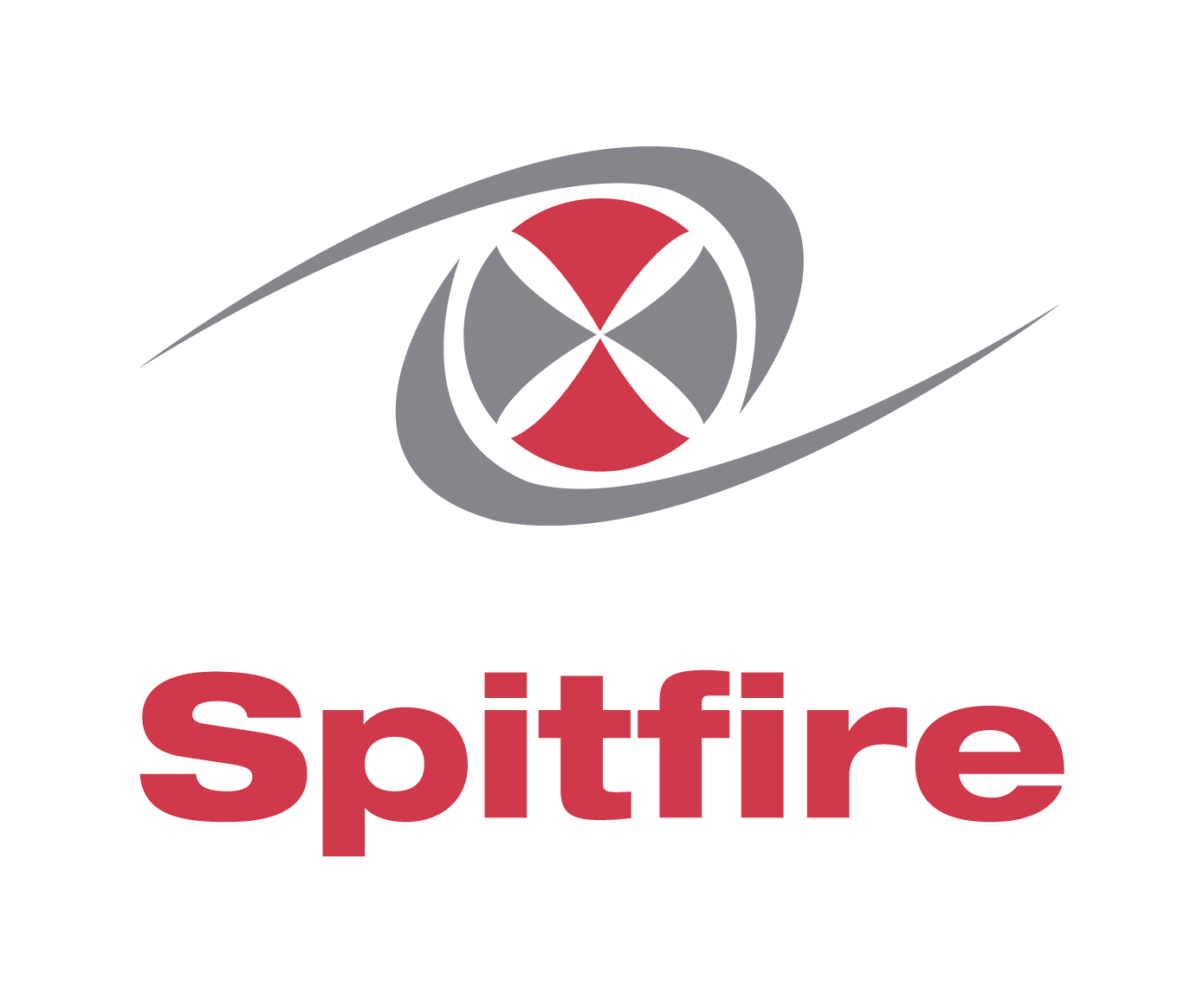Embedding a Cultural Transformation at a Complex Highways Partnership
A major public-sector highways partnership unlocked millions in annual savings by overcoming cultural fragmentation to become a unified team.
Key impacts:
Identified and validated £6.4m in annualised efficiency savings
Embedded a unified “One Team” culture across service areas
Achieved a 14:1 return on investment within two years
Ambitious targets can only be achieved when teams are united. Fundamentally that was our goal on this project. We set out to bring two partners together to create one team with a common objective – a group of people working harmoniously to deliver a critical efficiency target. Ultimately this was surpassed by £1.4 million.
This required a cultural transformation, a shift in mindsets from top to bottom that turned caution into excitement, giving leaders the confidence to take ownership of change. That’s what we focussed on embedding throughout the organisation.
“Spitfire worked collaboratively to challenge and coach the project team to achieve the desired outcomes, which meant they exceeded their savings target at the end of the design phase. As we progress into implementation our teams are engaged and are less resistant to the changes, as they were instrumental in developing the service delivery proposals.”
The challenge: Sustaining excellence while enhancing efficiency
When we came on board the challenge was on to evolve an already high-performing public-sector highways service. It needed to become even more effective while generating savings of at least £5 million.
It was a critical moment for the partnership. After successfully managing one of the UK’s largest highway networks since 2012, its initial contract term was nearing completion. A five-year extension was on the line.
Leaders recognised the need to reassess how they operated and prove they could add more value to the service. That meant identifying smarter ways of working, building internal capability and embedding a culture of continuous improvement. The question was, how?
The solution: Identifying opportunities to embed positive behavioural shifts
We carried out a comprehensive review to identify opportunities that would drive cultural change. Where were the siloed working practices? Where was there a lack of incentives? Where were there misaligned pay and conditions?
Our review focused on four key phases:
-
Understanding current operations, team dynamics and cultural context.
-
Mapping processes, highlighting inefficiencies and aligning leadership around shared goals.
-
Testing the feasibility and impact of the improvement roadmap.
-
Quantifying benefits, securing leadership approval and preparing for implementation.
With this knowledge we could define positive behaviours everybody agreed on. Cost cutting wasn’t the goal here, but we were confident shaping a single, aligned team would lead to an increase in efficiency and quality.
The implementation: Hands-on support for cultural transformation
The key to embedding these behaviours wasn’t new processes and tools. It was face-to-face coaching and mentoring.
We ran a series of guided workshops giving teams the opportunity to highlight pain points and bottlenecks, and build a shared understanding of key goals.
This was critical at all levels but particularly in encouraging leaders to step forward and champion change. Initially they were concerned about the tough financial targets, but they soon took confident ownership of cost reduction goals and embraced the opportunity to develop better ways of working.
Alongside workshops, Go-Look-See sessions brought together frontline staff, team leaders and senior executives so they could experience the day-to-day realities of each role.
The results: One team delivering sustainable impact
We identified £6.4 million in annualised revenue savings, exceeding the original £5 million target required to secure the contract extension.
More importantly, we drove cultural change that would unlock these savings. In turn the partnership established new ways of working that will support long-term success, including:
Business case discipline – Teams were coached to structure and evaluate improvement ideas using standardised templates, enabling consistent decision-making.
Visual management – Recommendations for systemised performance tracking helped embed accountability and transparency.
Cross-functional collaboration – Siloed working gave way to integrated problem-solving across service areas.
Communication improvements – Face-to-face conversations and structured briefings ensured clarity and alignment.
KPI and cultural alignment – Performance metrics designed to drive the right behaviours were introduced.
Organisation design adjustments – Role changes and pay alignment fostered a unified team culture.
Within two years the programme achieved a 14:1 return on investment, demonstrating that ambitious goals are achievable when leadership is aligned and people are empowered.
If you’d like to develop a one-team culture that underpins higher performance in your organisation, get in touch.

